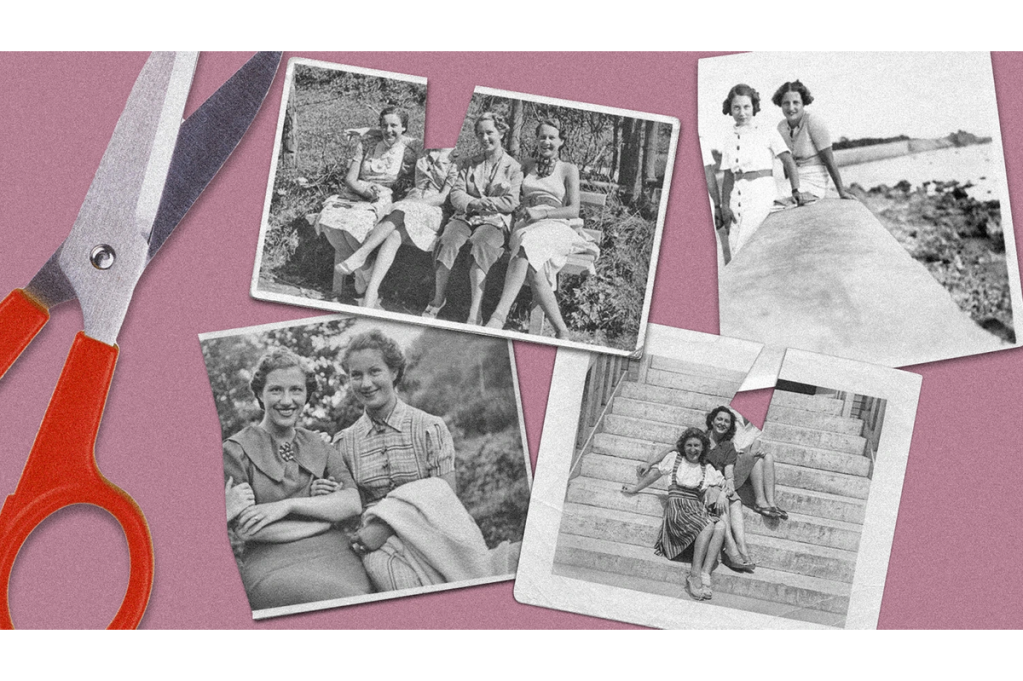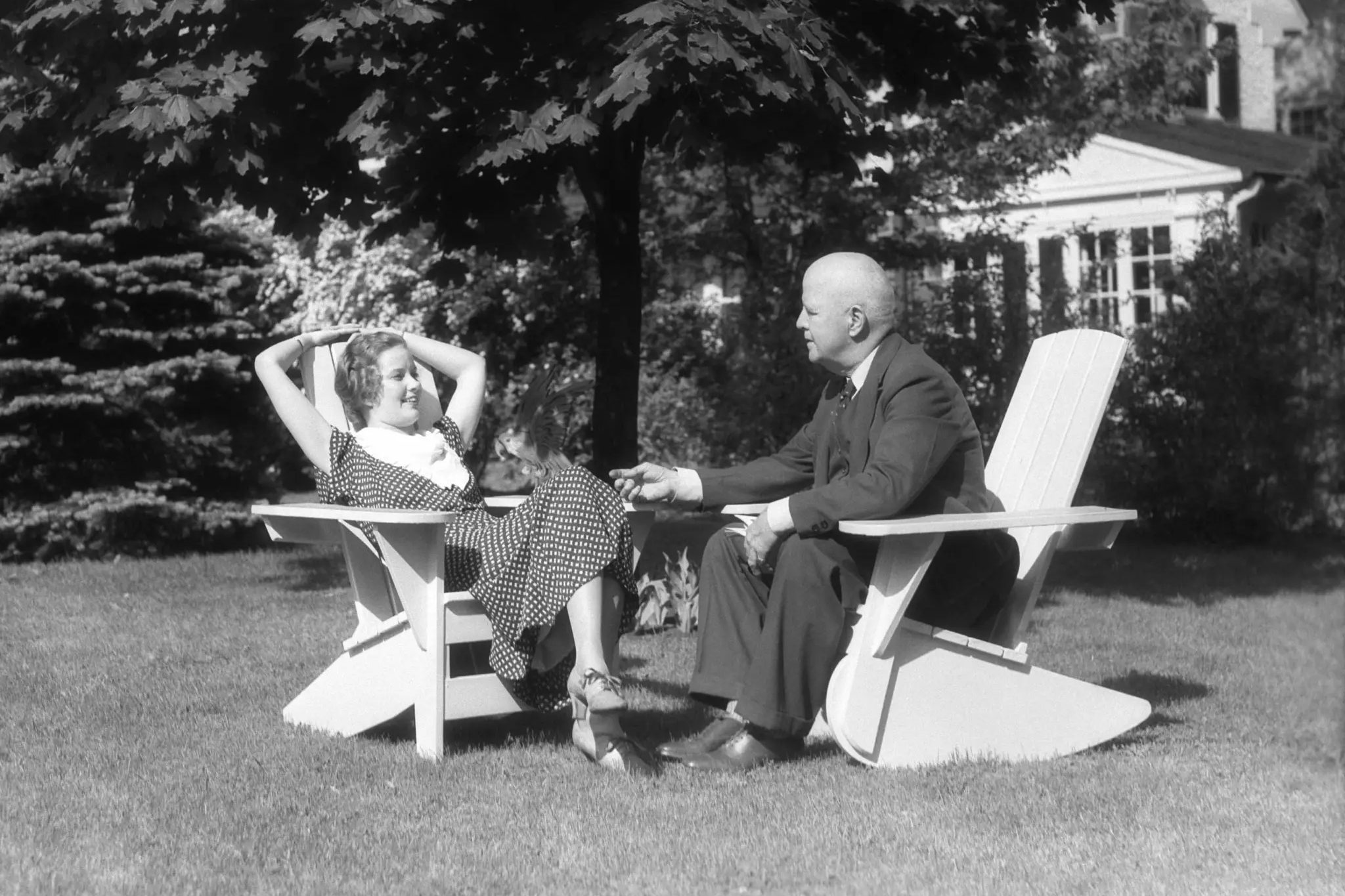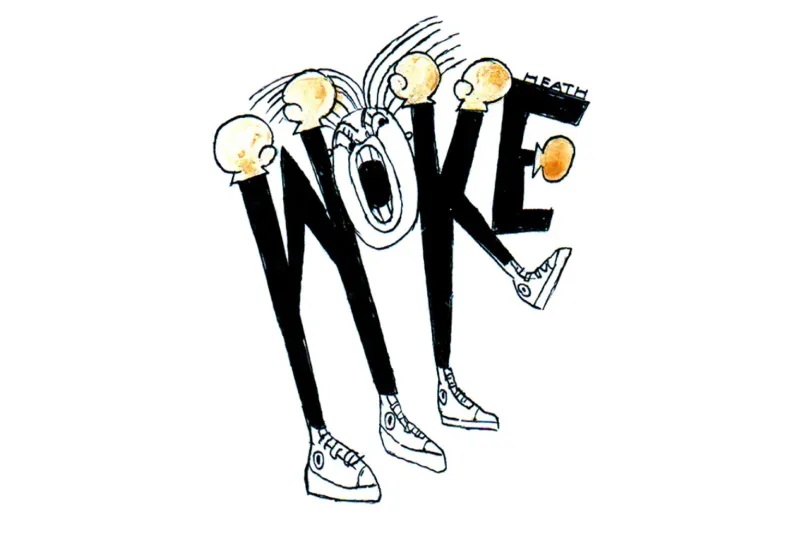In Elizabeth Day’s new book about the fragility of friendships, annoyingly but memorably entitled Friendaholic, there’s a gripping chapter on “ghosting,” the process of turning a friend into an ex-friend without explaining why. It culminates in the act of cutting them dead in public. I’ve always found it a haunting experience when someone does it to me, and I hope my ex-friends feel the same way when I do it to them.
It can be a difficult trick to pull off, especially at a big party. I worry that the person hasn’t noticed that he or she is dead to me, and so after my initial snub I move awkwardly around the room, glaring at them from multiple directions. By the end of the evening they’re sighing with relief that they’ve been dropped by a loony.
In her bestselling guide to etiquette, published in 1922, the socialite Emily Post described cutting as “a direct stare of blank refusal” that was embarrassing to witness. “Happily,” she added, the cut “is practically unknown in polite society.” I’m sure that wasn’t true a century ago and, as Day points out, it’s certainly not true now. “Cutting is alive and well, partly because our society of 24-hour communications offers many more ways in which to do it,” she writes. “The street is now not the only place to cut people. We can do it online by unfollowing. We can do it via text, by allowing the double WhatsApp tick to turn blue without response.” But social events still provide the best theater — especially, in my experience, if hosted by gay men. I’ve been to all-male gatherings where a crowded room would periodically fall silent because so many guests weren’t on speaking terms with each other.
Day tells us about her ex-friend Becca, a pink-haired lesbian in the music industry whom she met at a dance class. Becca immediately started colonizing her social life, persuading her to wear edgier clothes and switch to her own therapist and hairdresser. She extracted intimacies but offered none in exchange. Then the ghosting began. She canceled social engagements; her conversation became inexplicably curt.
Finally, the full-scale cut. Becca passed Elizabeth in the street with just a flicker of recognition in her eyes. I know that flicker: it’s the mark of a master cutter, more deadly than an empty stare. Becca had the gift of making her attention feel special, says Day. “When it was removed, it was as if the seasons had changed and you were left outside without a coat in the windy chill of autumn.” But who’s shivering now? Day is so adept at conveying her own vulnerability that you forget what an operator she is. Her depiction of the pseudonymous but presumably easily identified Becca as a self-obsessed cow is a meticulously judged act of revenge.
Day calls herself a “friendaholic,” a piece of urban slang that she managed to turn viral even before the book was published. But young people really can become addicted to friendship. Whatever the twelve-step industry may say, addiction is a pattern of behavior, not a disease, and when you’re plunged into a new work environment you hardly notice how frantically you’re collecting new friends. I still have my engagement diary for 1989, when I started as a diarist for the Daily Telegraph. Every available minute was spent gorging on new acquaintances. ‘Lunch, Roger, Pelican,” underlined. I remember the Café Pelican in St. Martin’s Lane, but who was Roger? Then there are all the evenings spent with a fellow diarist who was inexpressibly dear to me. A friend for life, surely? Not quite. He’s now one of the people I despise most in the world.
It happens, and not just to drama queens like me. As Day argues, we take on more friends than we can handle, and then we’re forced to whittle them down. She interviews a woman in America who, overwhelmed by social obligations, simply ghosted every friend who had voted for Trump; he was a convenient excuse, and I wonder if Brexit hasn’t played the same role in Britain.
The problem is that as you get older it’s easy to slide from having too many friends to having too few. Of my six most precious friends a decade ago, four are gone: one taken by a heart attack, one by Brexit, one by my unforgivably nasty reaction to his views about the Catholic Church, and one by a broken promise not to write for a publication that was harassing me. So think carefully before clearing out the friend cupboard. It’s one thing to be talking with your mates at a party, recognize someone who’s dissed you and shoot them your coldest stare. It’s another to walk into a room where nearly everyone is younger than you, spot a couple of familiar faces that would once have made your heart leap, and then reach for your phone to call a taxi.
This article was originally published in The Spectator’s UK magazine. Subscribe to the World edition here.

























